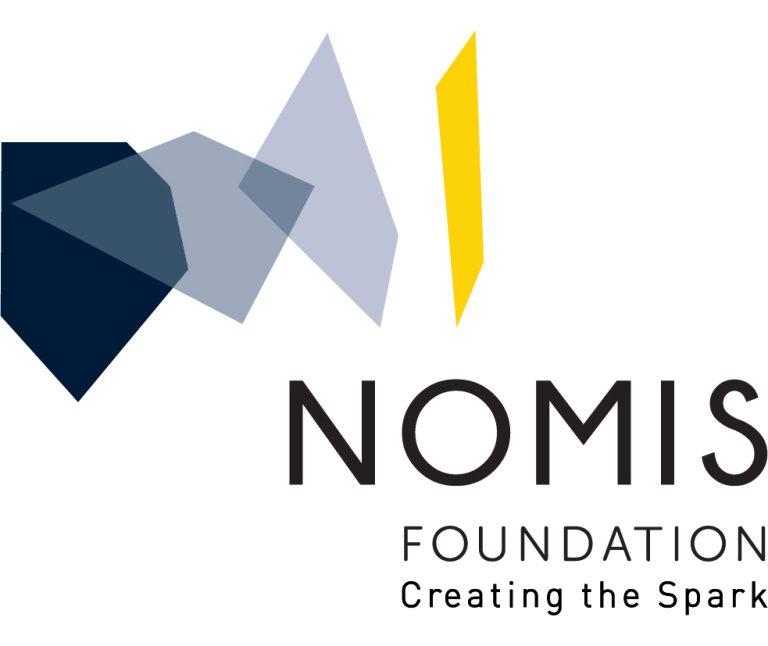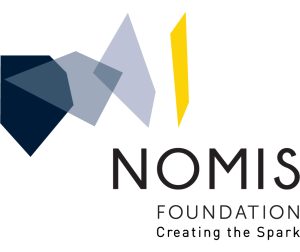More than 50 years ago, a family of heterogenous nuclear ribonucleoproteins (hnRNPs) was detected and proposed to package and regulate transcript expression. Recently, scientists in the Allain, Blencowe, Mühlemann and Novacek research groups initiated a structural and functional characterization of stable hnRNP assemblies sedimenting at 40S. Remarkably, these particles preferentially bind intronic sequences of pre-mRNA, suggesting that they play important roles in controlling the processing and expression of primary transcripts. The researchers hypothesize that the 40S particles represent the RNA functional analog of nucleosomes, and therefore refer to them as “ribonucleosomes.”
The Structure and Function of the Human Ribonucleosome project aims to elucidate how primary messenger RNAs are physically packaged in the cell nucleus as well as the functional consequences of this packaging for the control of gene expression. The research team is taking a multidisciplinary approach, employing state-of-the-art methods to determine the structures of ribonucleosomes and their functions in the biogenesis of mRNA. They will employ cryogenic electron microscopy (cryo-EM) and nuclear magnetic resonance (NMR) to investigate the structure and assembly of ribonucleosomes and molecular- and cell-based assays, combined with mass spectrometry, high-throughput RNA sequencing and computational analyses, to determine cell-/tissue-dependent and -independent functions of ribonucleosomes as well as how protein modifications impact their assembly and activities. Just as the discovery and characterization of nucleosomes advanced our understanding of chromatin, transcriptional regulation and epigenetics, this research is expected to provide unprecedented insight into the long-standing question of how the packaging of nuclear primary transcripts occurs and relates to the regulation of the biogenesis and expression of mRNA.
The Human Ribonucleosome project is being led by Frédéric Allain at ETH Zürich (Switzerland), Benjamin Blencowe at the University of Toronto (Canada), Oliver Mühlemann at the University of Bern (Switzerland) and Jiří Nováček at the Central European Institute of Technology – Masaryk University in Brno (Czech Republic).

Feature image: Schematic illustration of two ribonucleosomes assembled on the intron of a pre-mRNA. The experimentally determined low-resolution structure of the ribonucleosome is shown for one of them. They spatially compact the intronic sequences, thereby facilitating interactions among the splicing factors (blue). Adapted from Ule and Blencowe (2019) Mol Cell 76:329-45.






